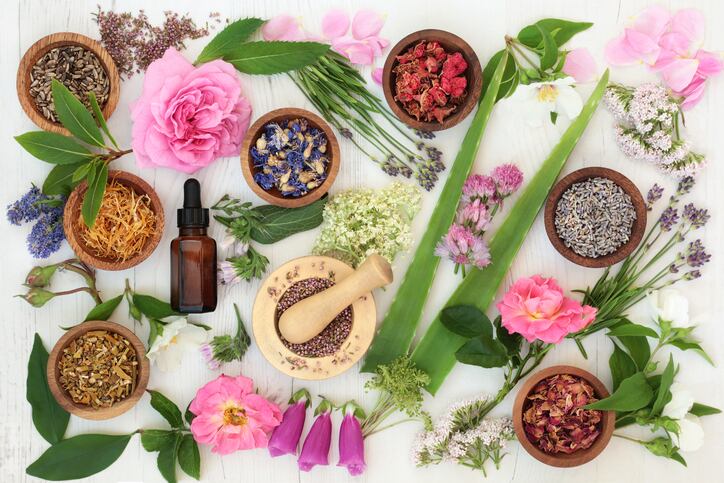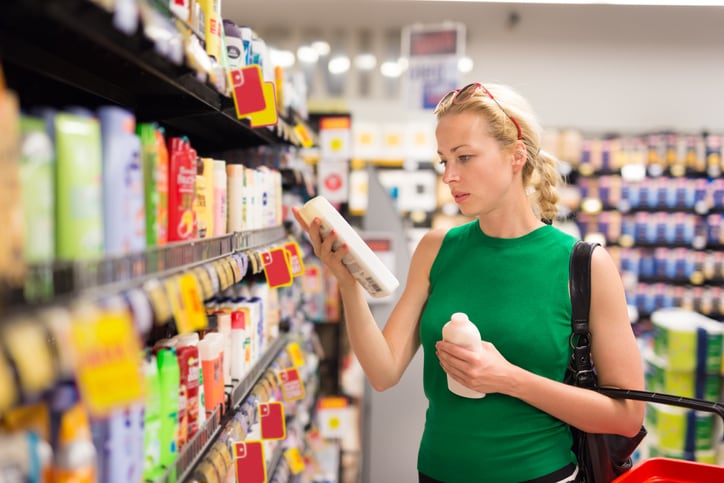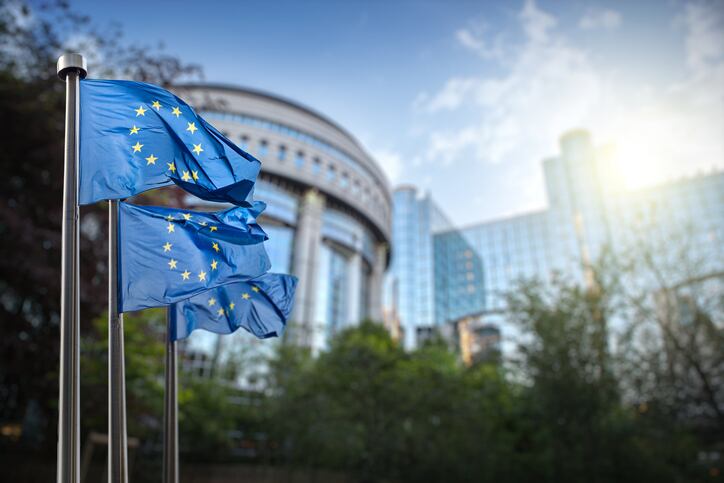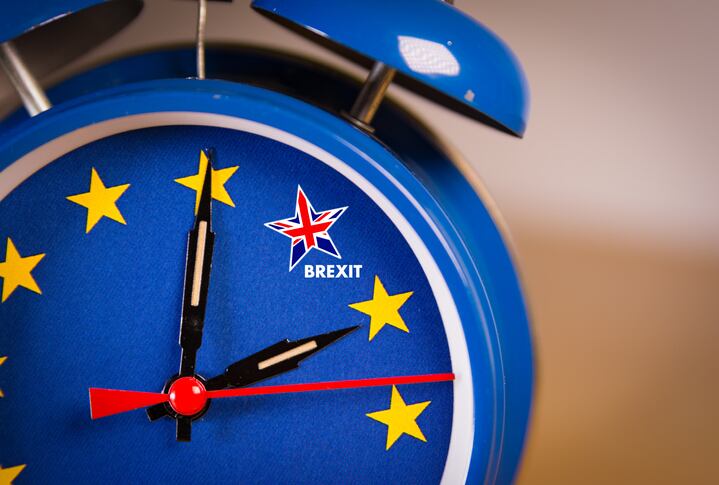In 2018, more than half of European hair care product launches featured ‘free from’ claims, according to Mintel. This was closely followed by shower products with 50% featuring such claims; face colour cosmetics (liquid foundation) with more than 45%; and face and body care launches with nearly 40% ‘free from’ claims.
Free from ‘extensively used in Europe’
Speaking to CosmeticsDesign-Europe, Margaux Caron, global beauty analyst at Mintel, said it was clear ‘free from’ claims were mostly found in daily use products or those intended for direct skin contact.
“Free-from claims have responded to consumers’ concern over harmful ingredients and have been extensively used in Europe, across many beauty and personal care categories,” Caron said.
Since 2015, she said ‘paraben-free’ had been the strongest ‘free from’ claim in beauty and personal care product launches across Europe, followed by ‘free from’ mineral oil, silicone and fragrance.
A post-guidance era?
In July, this year, guidance document for making cosmetic claims came into force, outlining in detail the common criteria needed to make ‘free from’ claims on product.
So, would we see a reduction in ‘free from’ claims now this EU guidance had been enforced?
There would need to be a shift, Caron said: “Brands will need to move away from relying on ‘free from’ claims to showcase their clean and non-toxic credentials and will have to display the safety and efficiency of the ingredients that are actually present in the product instead.”
If brands communicated the non-toxicity of a product as well as the efficacy of active ingredients within it, she said industry created a “more positive stance on clean beauty”.
“It will allow brands to earn consumers’ trust thanks to total transparency, rather than fear-mongering messaging possibly still dissimulating an opaque ingredients list.”
Certifications to gain importance
This “much-needed transparency”, Caron said, would be “eased and facilitated” further by trusted organisations like the non-profit Environmental Working Group with its EWG Verified certification, already being used by many in beauty and personal care.
One brand already “successfully changing the ‘non-toxic’ conversation”, Caron said, was Henry Rose by Michelle Pfeiffer – the first EWG-certified fragrance brand.
“It displays its full ‘clean’ ingredient list behind the ingredient usually named ‘fragrance/parfum’ to ensure full transparency. Rather than ‘free from’ claims, Henry Rose uses honesty and certifications to communicate its clean credentials in a positive, expert, and trustworthy way.”




